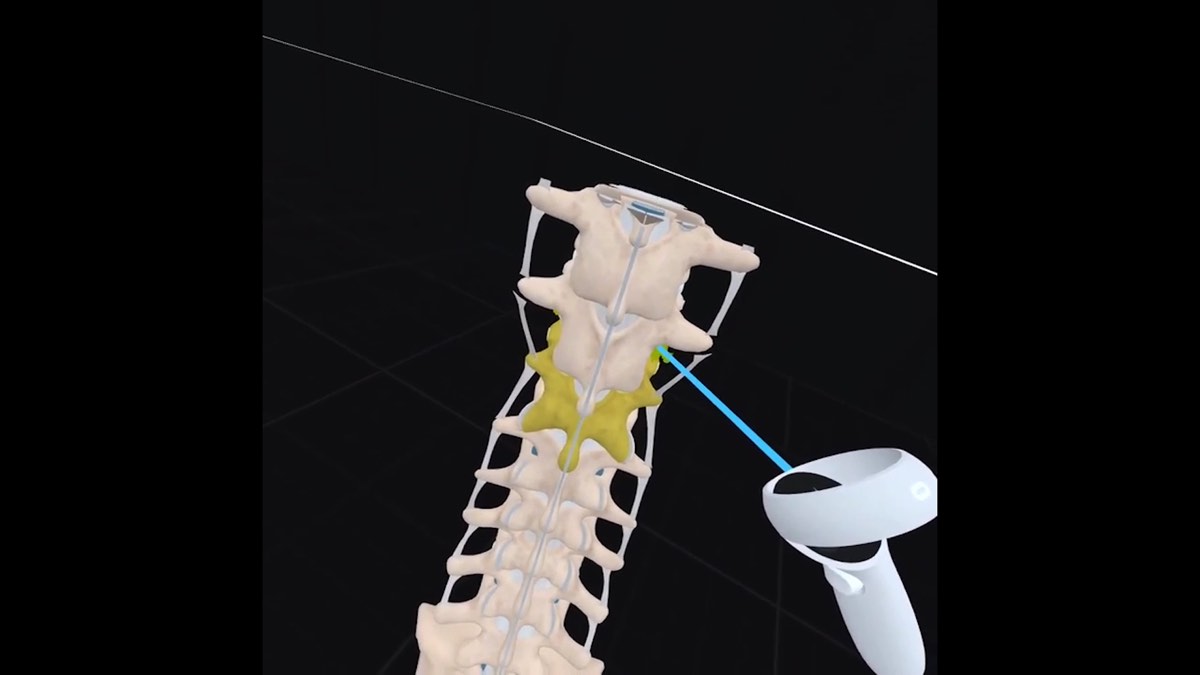Novel photodynamic therapy promising for recurrent prostate cancer
Reuters Health • The Doctor's Channel Daily Newscast
“CKD is associated with pathophysiologic processes – anemia, osteopenia, susceptibility to hypervolemia, electrolyte abnormalities, and infection – that can increase the risk for adverse complications of medical care,” the research team notes in the Journal of the American Society of Nephrology published online on September 3rd. Impaired renal clearance also makes these patients more susceptible to medication toxicity.
To assess the degree of risk faced by patients with CKD, Dr. Jeffrey C. Fink and his associates used a set of 12 patient safety indicators developed by the Agency for Healthcare Research and Quality to analyze a national sample of patients admitted to VHA hospitals for acute care between October 2004 through September 2005.
In the cohort of nearly 250,000 patients, 29% had CKD. After adjustment for age, gender, race, and comorbidities, Dr. Fink, at the University of Maryland School of Medicine in Baltimore, and his team found that patients with CKD have a 19% greater risk of developing complications.
For complications following surgery, the adjusted incidence rate ratios (IRR) were significantly elevated among CKD patients for postoperative hip fracture (4.89), physiological/metabolic derangement (4.00), complications of anesthesia (1.60), sepsis (1.39), and respiratory failure (1.37).
During any acute hospitalization, these patients were significantly more likely to die for a condition considered to have a low mortality risk and to develop an infection as a result of medical care.
One of the most important factors affecting patient safety was failure to recognize CKD, Dr. Fink told Reuters Health.
The firs and easiest way to improve safety for patients with CKD is for “hospital systems with electronic medical records to install appropriate alerts and prompts for guideline-based care of patients with CKD and impaired renal function,” he said.
“However, a significant portion of care for patients with CKD is outside of organized medical systems,” such as in doctors’ offices, ER’s and pharmacies. “In these settings more novel alert strategies are needed.”
“Along with efforts to increase recognition of CKD and other chronic diseases,” Dr. Fink noted, “we think it is appropriate to develop disease-specific indicators for safety that would be helpful to monitor the effectiveness of process modifications to improve safety.”
Reference:
J Am Soc Nephrol 2008.




